From Hospital to Home: Sensors in Modern Healthcare
The last decade in sensors has caused nothing short of a revolution in healthcare technology. Thanks to advancements in this technology, monitoring critical health data no longer requires heavy, expensive, specialized, hospital-based machinery. Today, consumers can keep track of virtually anything from sleek, wearable, and accessible devices. Whether embedded in smartwatches, clothing, accessories, patches, or other types of portable applications, sensors are now able to continuously monitor vital signs like heart rate, oxygen levels, glucose, and more.
What does this mean to our approach to healthcare?
Thanks to the continuous monitoring and data accessibility, we are moving towards a proactive approach to healthcare rather than reactive. This means that instead of waiting for symptoms to arise, wearable and portable health devices allow us to detect any irregularities or risk patterns early and in real time, empowering both healthcare professionals and users to intervene in time and preventing potential long-term crises.
In a nutshell, the sensor revolution is turning wearable, portable, and other everyday items into wellbeing enhancers and even lifesaving tools.
Key Types of Medical Sensors in Use Today
When we talk about medical sensors, several key technologies stand out:
- Optical Sensors: Optical sensors are the lifeblood of smartwatches and most popular wearable devices. Advancements in the later years allow this type of sensor to provide features like ECG or oxygen monitoring directly from the user’s wrist. This helps users and healthcare providers access to valuable, real-time heart health data. This type of data was previously only available in clinical settings.
- Glucose Monitoring Sensors: Modern glucose sensors have changed the lives of diabetes patients worldwide. Thanks to these devices, users can monitor their glucose levels continuously without the need for invasive and uncomfortable finger pricks. This type of real-time monitoring and data allows users to manage blood sugar levels as needed, making adjustments, when necessary, before any issues arise.
- Gyroscopes and Accelerometers: Beyond health stats and data, modern gyroscopes and accelerometers in wearable and portable devices can help track movements and even detect falls, making them a key tool for elderly care. For example, if an elderly person were to fall or experience an incident, these sensors can trigger alerts to caregivers or emergency services.
Case Studies: Sensors Making a Difference
Wearables empower patients to take control of their own health daily, focusing on their wellbeing and taking preventative action before any crisis could arise. During our panel, Don Gunn provided his own experience on how his smartwatch, which is equipped with sensors to monitor sleep cycles, energy levels, and ECG data, has allowed him to gain valuable insight into his lifestyle, adjusting habits for better health outcomes.
Further than that, sensors enable doctors to track conditions remotely, or have a full report during a scheduled visit. For example, continuous ECG monitoring can detect atrial fibrillation (AFib), a condition that would otherwise be very rare to present itself during a routine visit. Thanks to this data, the doctor can know when it happened, allowing early detection which can be crucial for preventing serious health complications in elderly patients or those on certain medications. This is why, even in assisted living facilities, remote medical telemetry proves a significant enhancement to patients care.
Innovations like Bluetooth-enabled pacemakers are another example of how technology is changing how healthcare professionals monitor heart conditions. These devices send real-time data directly to a patient’s smartphone and forward it to their doctor, enabling immediate interventions if an anomaly is detected.
As Sevin Samadi put it best during our discussion, the capacity for sensors to monitor and detect health patterns in real-time makes them more than tools, it turns them into lifelines.
Before we move on to our second article in the series, BLE 5.3/5.4 and Goldilocks: Redefining Connectivity and Patient Monitoring in Healthcare, do you have any Health and Wellness projects you’d like to take to the next level?
Send us an email and contact our experts at Future Electronics to get personalized engineering support for all your applications.






